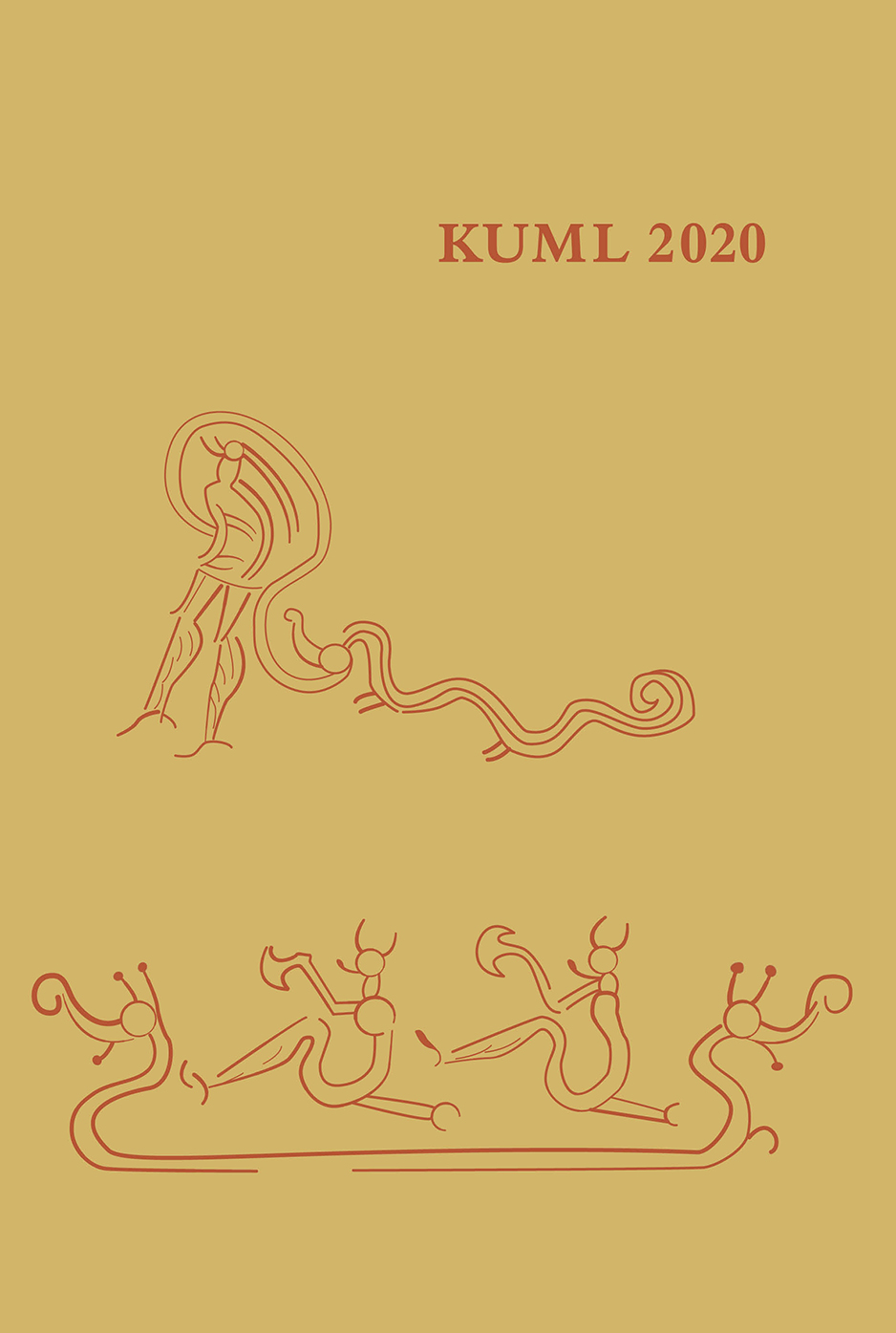Klassifikation af mønter fra Valdemartiden
Tanker med udgangspunkt i en mønt fra Gudme Kirke
DOI:
https://doi.org/10.7146/kuml.v69i69.126095Nøgleord:
Mønter, Valdemartiden, Gudme KirkeResumé
Classification of coins from the Valdemar era
Thoughts prompted by a coin from Gudme church
Coin dates are often considered to be accurate by archaeologists and historians. Indeed, many coin types can be dated to within a short period, often because of date inscriptions. But when dealing with anonymous coin types, we must rely on the archaeological toolbox: classification, typology and contextual evidence. In particular, the definition of types, subtypes and variations contains elements of subjectivity. Peter Hauberg published his fundamental typology for the period 1157-1241 in 1906, but only 4 years later the enormous hoard from Grenaa, most likely deposited in 1214-1234, multiplied both the known number of coins and the number of coin types from Jutland. Since then, new finds have been relatively rare, and these are mainly single finds with no datable context.
The article takes as its starting point a coin found in Gudme church, with a royal portrait on the obverse and a Golgata depiction on the reverse. It reviews several coin types from the late 12th and early 13th century with the same combination of motifs. It concludes that types present in the Grenaa hoard, such as that represented by the coin from Gudme, are most likely from the first third of the 13th century, but we cannot exclude the possibility that some may be a little earlier. The dating of other types with related motifs is less certain; they may be a little earlier or even a little later, given that the overall design (king/symbol) of these types continued in use well into the mid-13th century. The types reviewed here can be divided into two groups based on their size and weight. The smaller/lighter types have mainly been found in Jutland (figs. 9, 15-18, 22-24). Many are represented in the Grenaa hoard and some specimens derive from the Bokel hoard in Germany. The larger/heavier types have a more eastern distribution, concentrated on the island of Funen, with only a single specimen in the Grenaa hoard. It is suggested that this group (figs. 1-14 and 19-21), including the Gudme coin (fig. 14), were actually struck on Funen (probably at the episcopal seat in Odense). They can be related to other rare and near-contemporary coin types with a similar concentration of finds on Funen.
Downloads
Publiceret
Citation/Eksport
Nummer
Sektion
Licens
Fra og med årgang 2022 er artikler udgivet i Kuml med en licens fra Creative Commons (CC BY-NC-SA 4.0).
Alle tidligere årgange af tidsskriftet er ikke udgivet med en licens fra Creative Commons.


